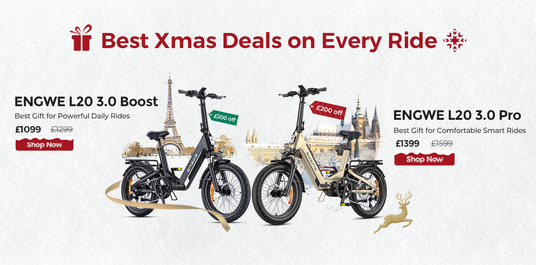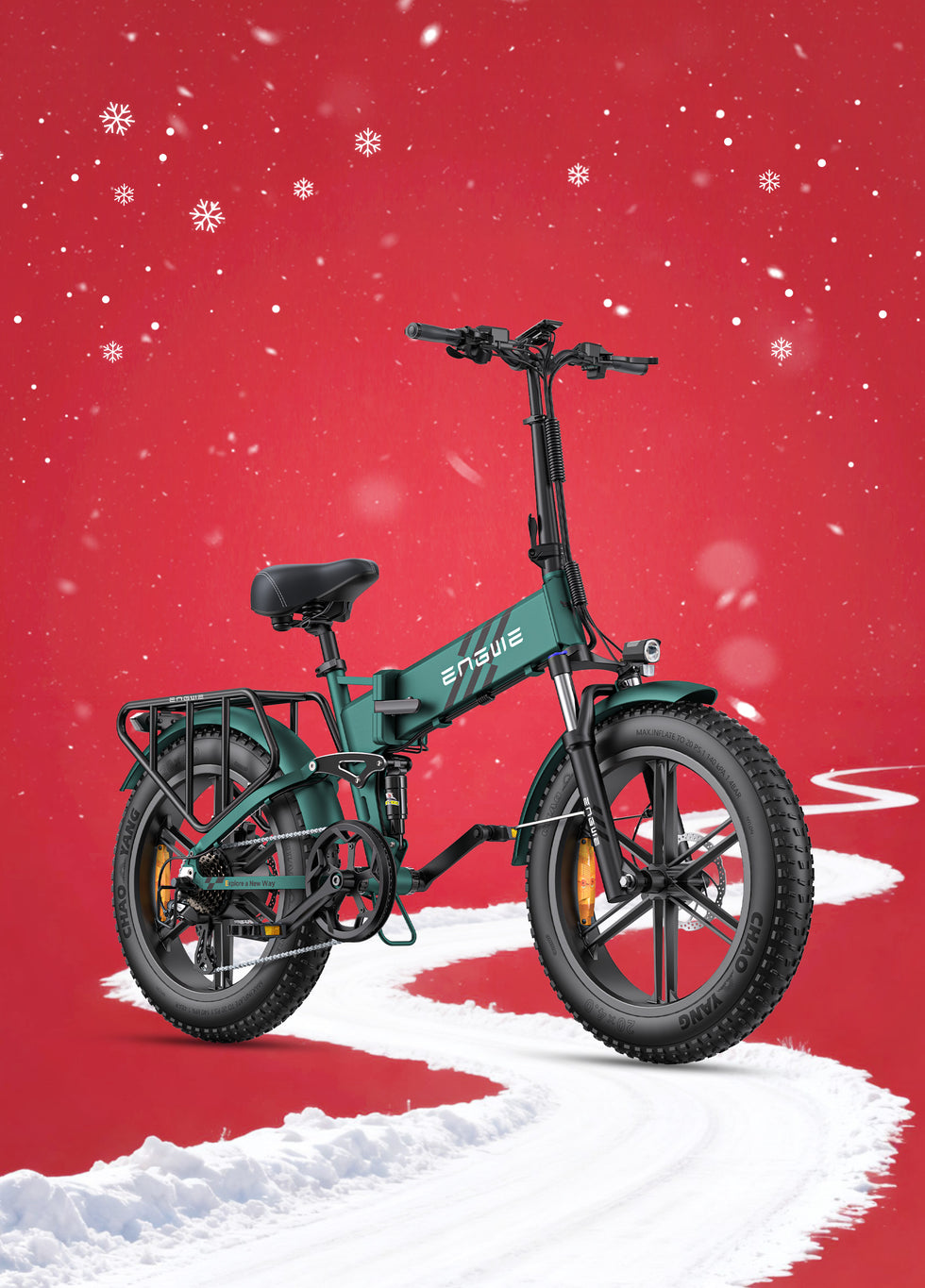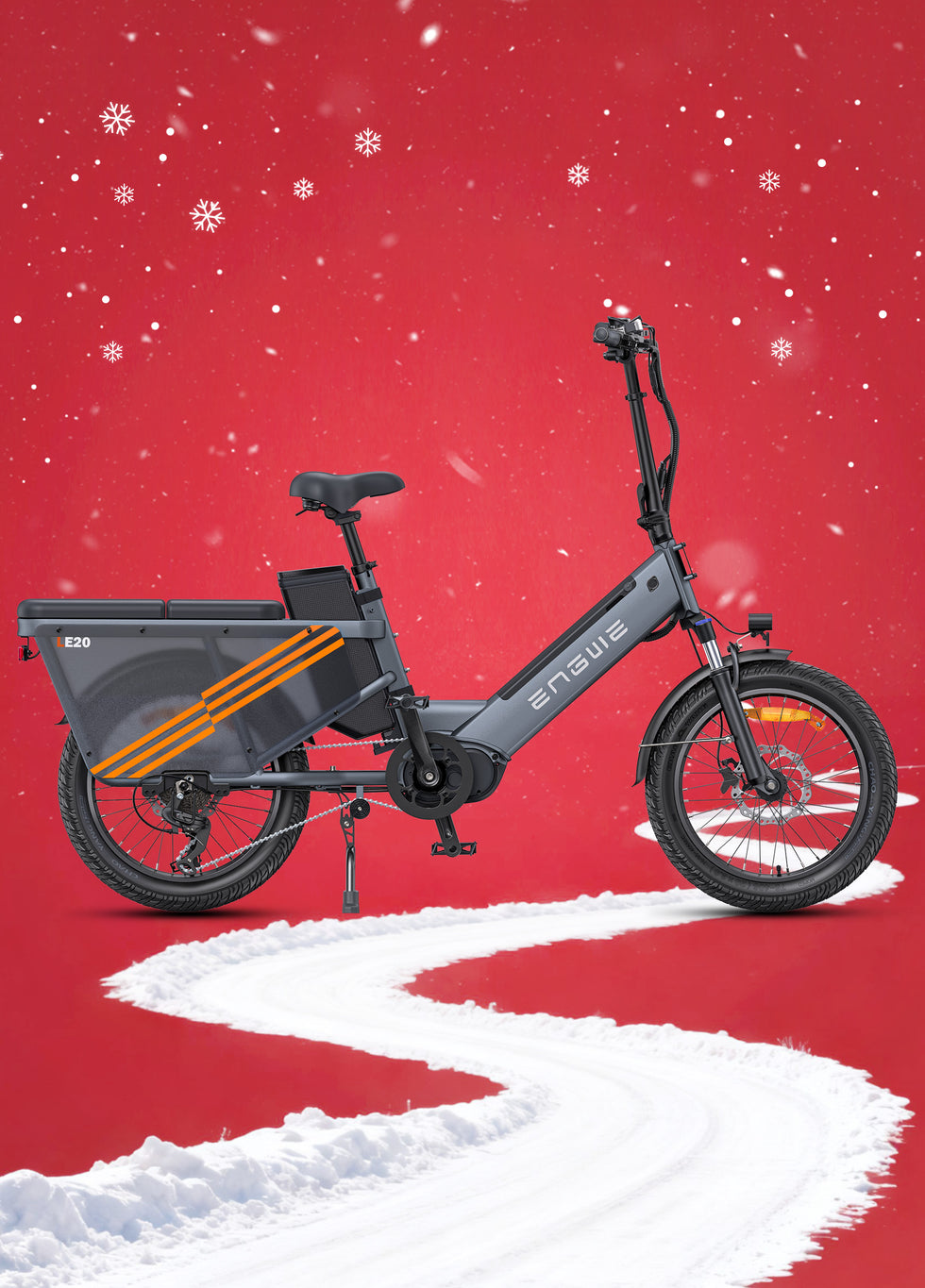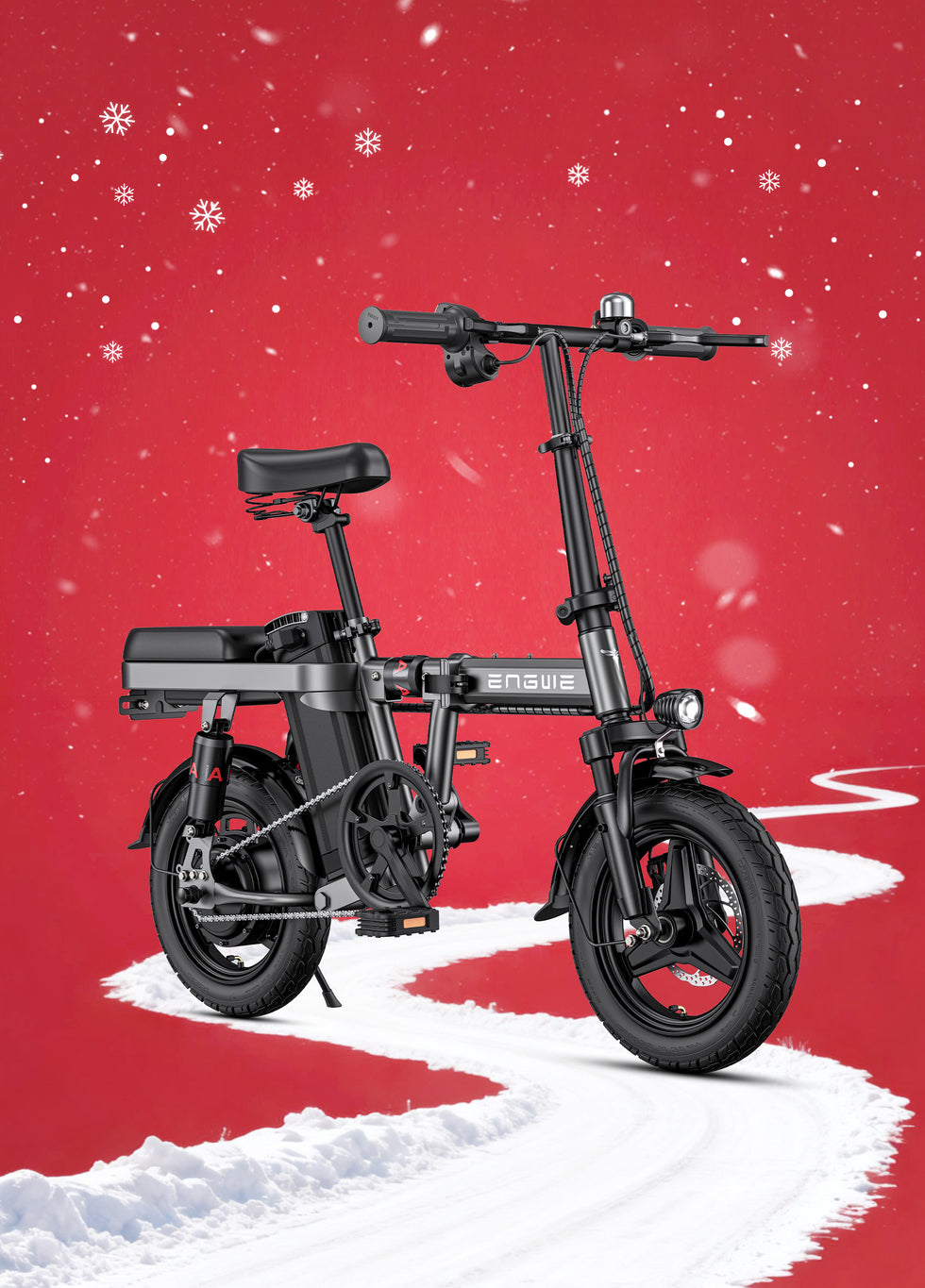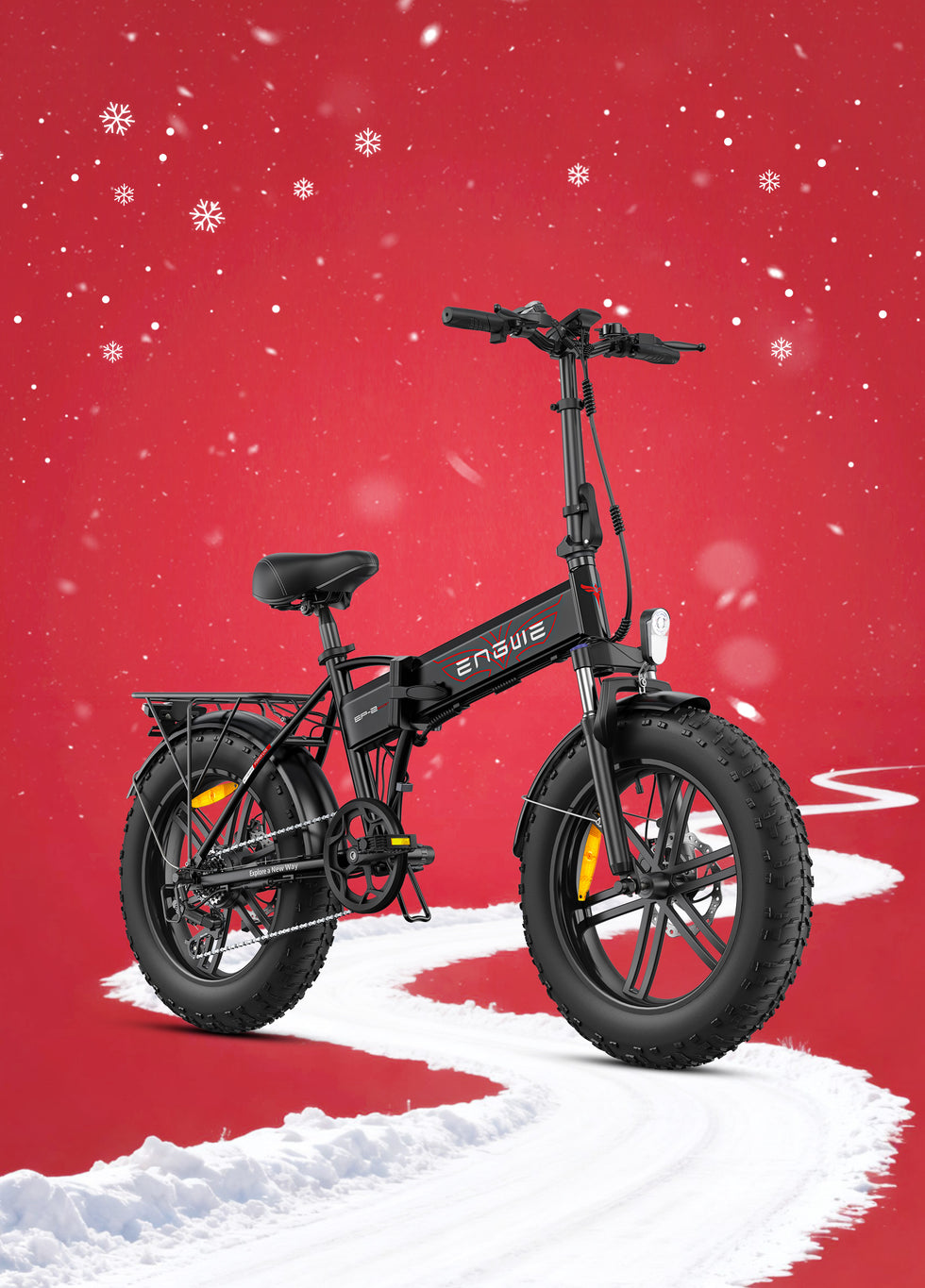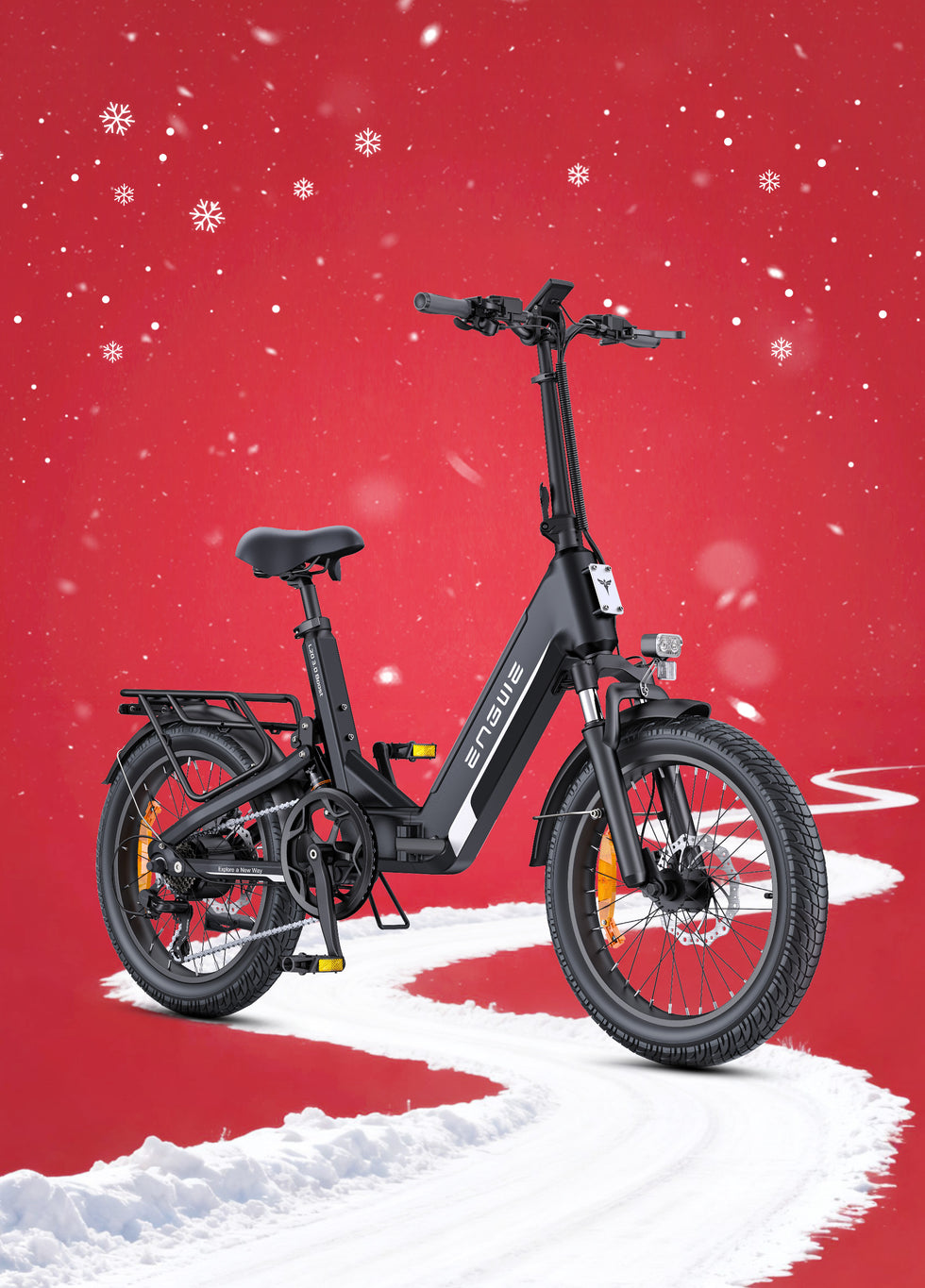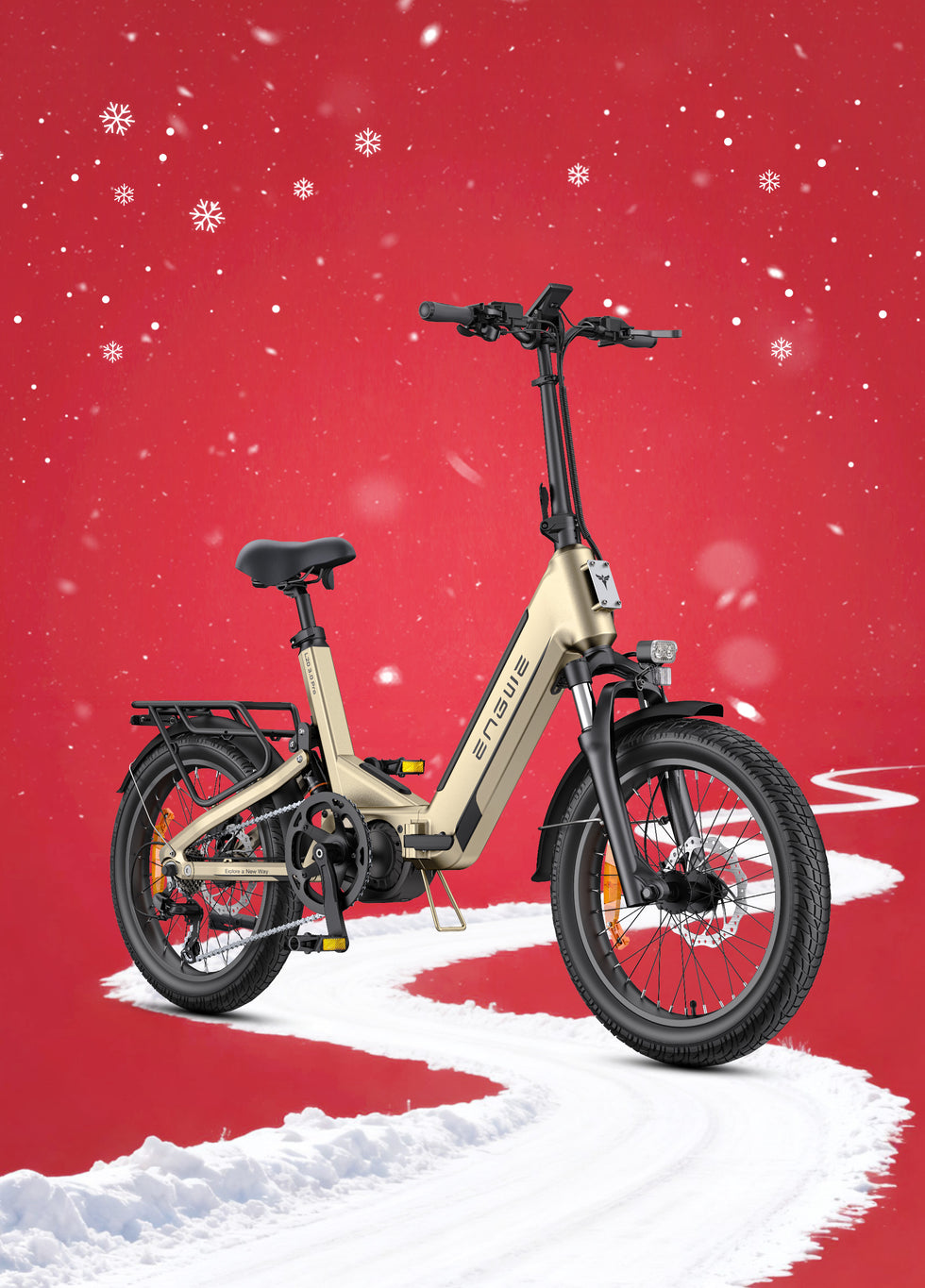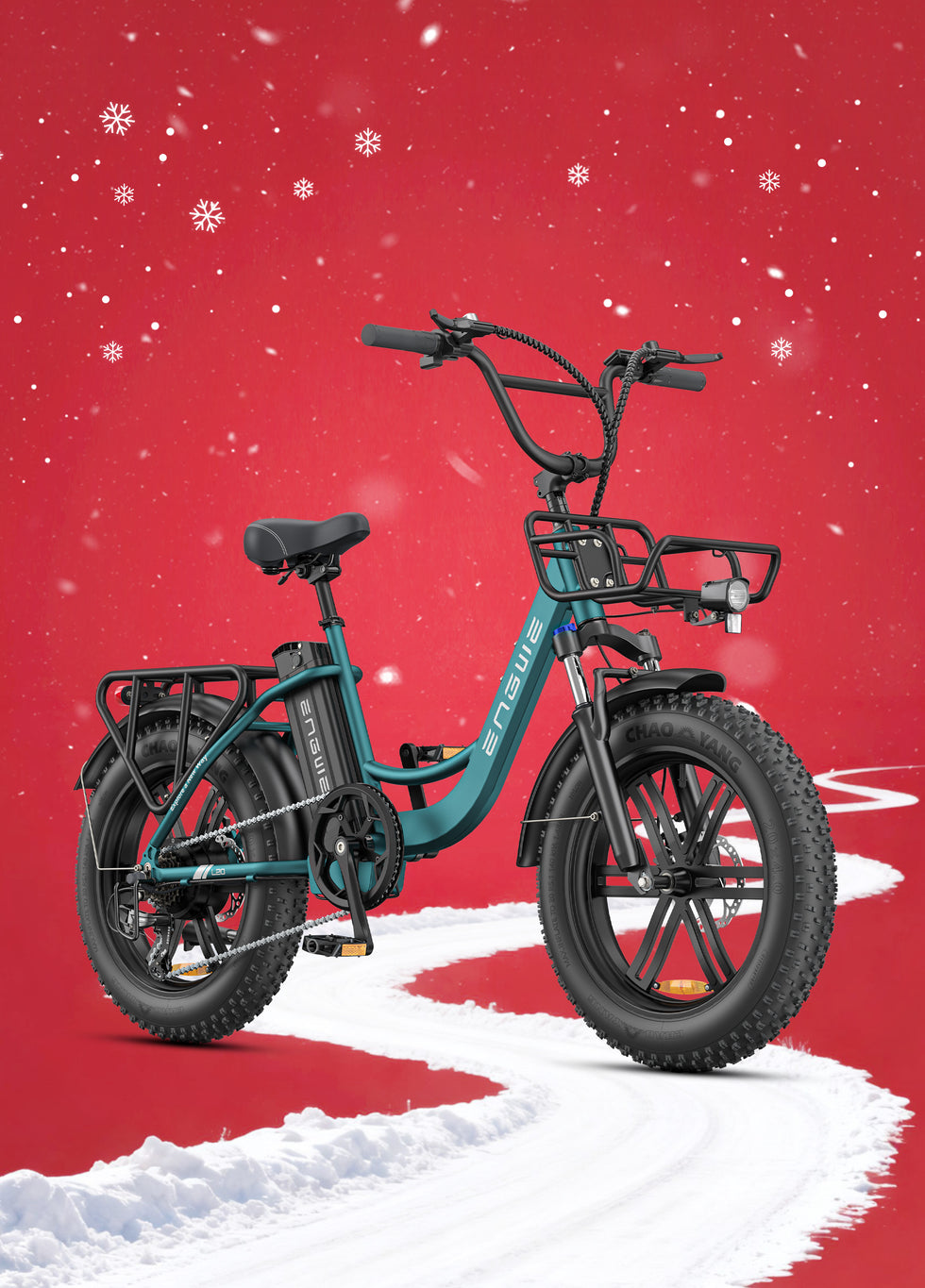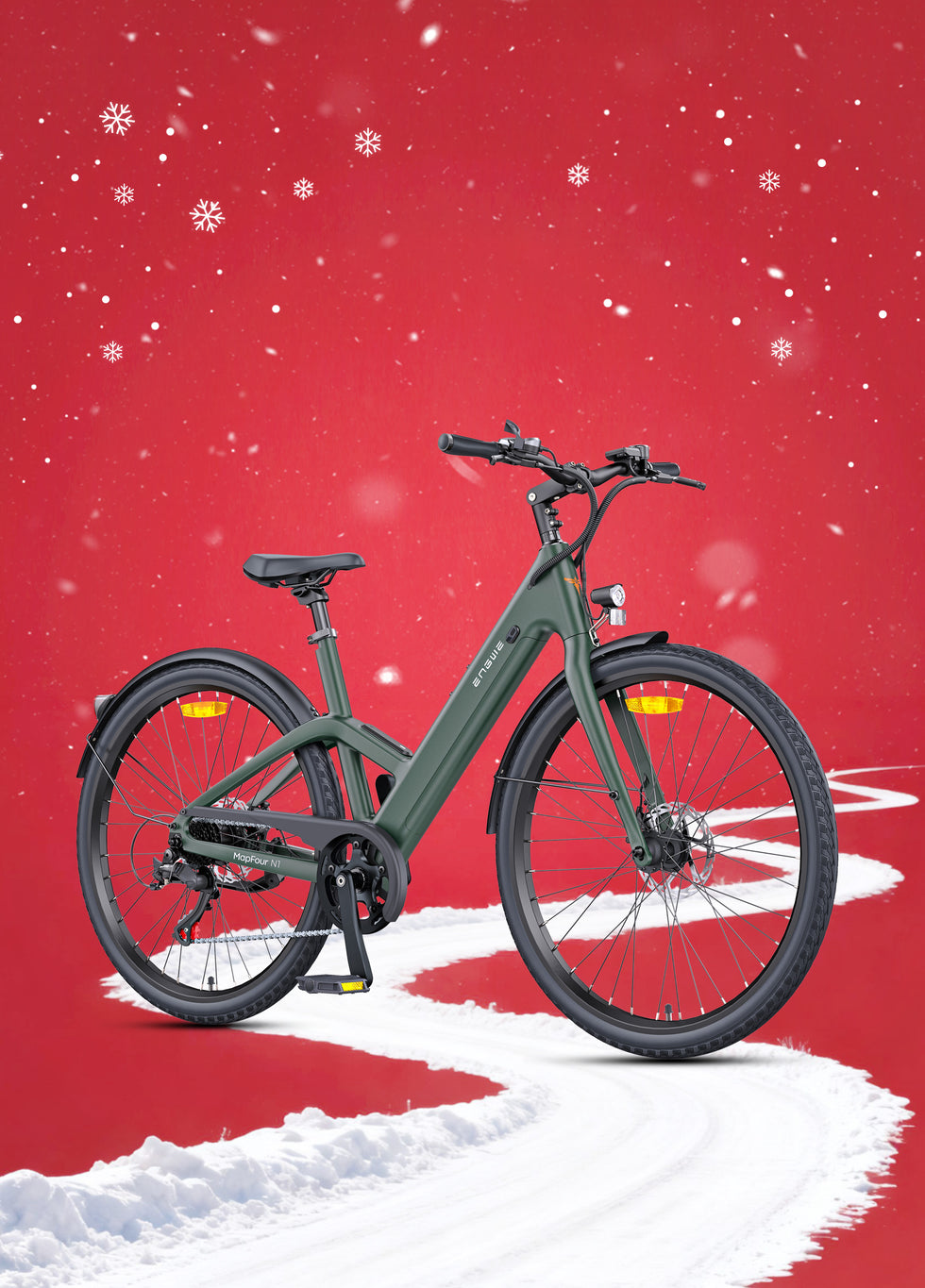The idea is thrilling: a silent, powerful electric bike capable of reaching 50 mph, blurring the line between a bicycle and a motorcycle. It promises the freedom of a bike with the speed to keep up with city traffic. As someone who has spent countless hours on various electric bikes, I understand the appeal. You're not just looking for a way to get from A to B; you're chasing a feeling of exhilarating speed and efficiency. However, when you type "50 mph electric bike for sale" into a search bar, your journey begins with a critical question that goes beyond mere product listings: what are you actually looking for, and is it legal to ride on UK roads? This guide will navigate the reality of high-speed electric bikes, separating the dream from the legal and practical realities, and helping you find the powerful ride you truly want.
The Critical Legal Landscape: Navigating UK E-Bike Regulations
Before we talk about hardware, we must first address the single most important factor for any UK rider: the law. The exhilarating dream of a 50 mph commute on a cycle path quickly meets the hard reality of UK regulations. In the United Kingdom, what we commonly call an "electric bike" is legally defined as an "Electrically Assisted Pedal Cycle," or EAPC. For a bike to qualify as an EAPC and be ridden anywhere a conventional bicycle can go without a license, tax, or insurance, it must adhere to strict rules. The electric motor must not exceed a continuous power output of 250 watts, and the electrical assistance must cut off when the bike reaches 15.5 mph (25 km/h).
Any electric bike that exceeds these specifications—either with a more powerful motor or assistance beyond 15.5 mph—is no longer an EAPC. It falls into the category of an electric moped or motorcycle. A vehicle capable of 50 mph would require DVLA registration, a vehicle number plate, a valid driving license (typically a CBT or full motorcycle license), road tax, and compulsory insurance. Furthermore, it would be illegal to ride it in a cycle lane or on any other path designated for non-motorised vehicles. Therefore, the "50 mph electric bike" you are searching for is, in the eyes of the law, an electric motorcycle that happens to have pedals. Understanding this distinction is the first and most crucial step in your search. Selling them is legal, but they are often sold under the disclaimer "for off-road or private land use only."
Understanding the Machine: More Motorbike Than Bicycle
What does it take for a two-wheeled vehicle to safely achieve and handle 50 mph? The engineering goes far beyond simply strapping a big motor onto a standard bicycle frame. From a rider's perspective, the difference is night and day. A machine built for these speeds requires components that are worlds apart from a typical EAPC. The motor would not be a discreet 250W unit but a powerful hub or mid-drive motor rated in the thousands of watts, requiring a substantial and heavy battery pack to feed it. The frame cannot be a lightweight aluminium bicycle frame; it needs the structural integrity of a motorcycle chassis, built to withstand the immense forces of high speeds and rapid deceleration.
The braking system is another critical difference. Standard mechanical disc brakes, while effective on a 15.5 mph e-bike, are wholly inadequate for stopping a heavy, fast-moving machine from 50 mph. You would need powerful hydraulic disc brakes with large rotors, similar to those found on a motorbike, to ensure safe and reliable stopping power. Suspension also becomes non-negotiable, with robust front and rear systems needed to absorb road imperfections and maintain stability. Finally, the tyres would need to be thicker, more durable, and speed-rated to handle the friction and heat generated at such velocities. This is not a bicycle; it is a lightweight electric motorcycle, and it must be respected as such.
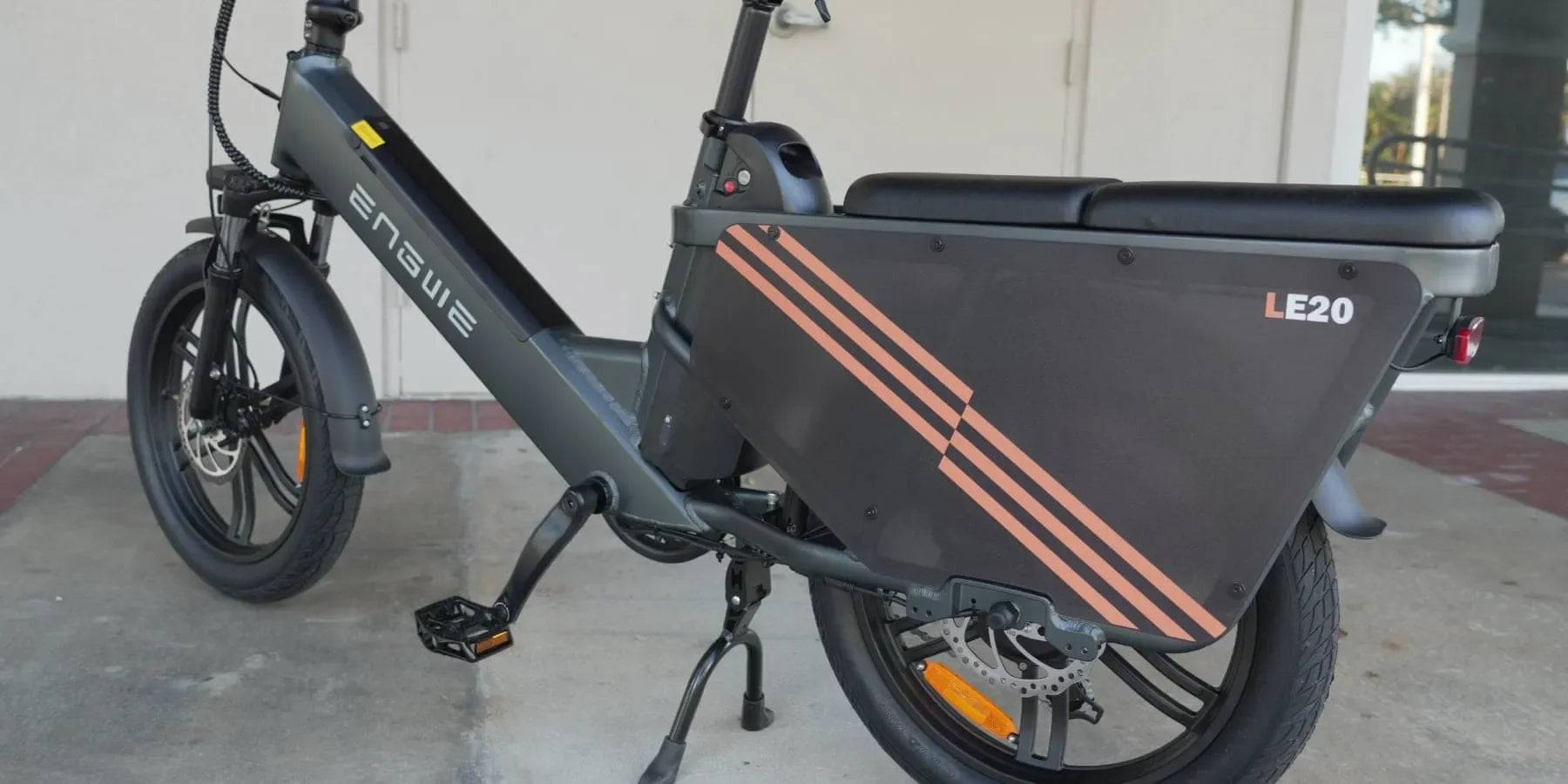
Finding the Right Balance: The Case for a Powerful, Compliant E-Bike
Having understood the legal hurdles and hardware requirements, many riders come to a practical conclusion. The dream of 50 mph is often overshadowed by the legal complexities, costs, and responsibilities of owning a registered vehicle. The real desire for most users isn't necessarily hitting a specific number on a speedometer, but rather the feeling of instant power, the ability to flatten hills effortlessly, and the confidence to handle any terrain. This is where the focus shifts from outright, illegal top speed to usable, exhilarating, and legally compliant power. A truly great electric bike delivers a thrilling ride not just through speed, but through torque, responsiveness, and versatility. It should make you feel powerful without placing you on the wrong side of the law.
This philosophy of blending robust power with intelligent, legal design is perfectly embodied by brands like ENGWE. Their focus is on creating an exceptional riding experience within the EAPC framework. A standout example is the ENGWE EP-2 Boost, which is engineered for riders who crave capability and a sense of power. It operates on a fully compliant 250W motor, but its secret weapon is the immediate surge of acceleration provided by its 55Nm of torque, accessible via a unique Boost button. This feature gives you that burst of power exactly when you need it for climbing steep hills or accelerating from a standstill, satisfying the craving for performance. The bike's intelligent torque sensor ensures this power is delivered smoothly and intuitively, responding to your pedalling for a natural yet potent ride. Its rugged build, featuring 20x4.0 all-terrain fat tyres and a sturdy frame, provides the stability and confidence to go anywhere, while the foldable design and removable battery offer unmatched convenience. For the rider who searched for speed but truly desires power, control, and freedom, the EP-2 Boost delivers a thrilling and practical solution.

Where to Look and What to Ask Before You Buy
When you are ready to purchase a powerful electric bike, your approach should be informed and cautious. If you are still set on a machine capable of speeds far exceeding the 15.5 mph limit, you must look at specialist electric motorcycle retailers or direct-import sites. In this case, always ask the seller for the vehicle's classification and what is required to make it road-legal in the UK. Be wary of any seller who is vague about these requirements or dismisses them. Insist on a clear understanding of the warranty and the availability of spare parts, as these high-performance machines can require specialised maintenance.
If you have decided that a high-performance, legally compliant EAPC is the smarter choice, your options are much broader and safer. Look for established brands with a strong UK presence. Read reviews from other UK riders, paying close attention to comments about ride quality, battery life, and especially customer service. When assessing a bike, look beyond the motor's wattage. Ask about the motor's torque (measured in Newton-metres or Nm), as this is a better indicator of its hill-climbing ability and acceleration. Inquire about the battery's capacity (in Watt-hours or Amp-hours) to gauge its real-world range. Finally, prioritise bikes with quality components like Shimano gears and powerful, reliable disc brakes. A test ride is invaluable; it allows you to feel how the bike delivers its power and whether it suits your riding style.
Your perfect ride is one that delivers excitement and utility in equal measure, empowering your journey every single day.

Frequently Asked Questions
1. What is the exact legal definition of an EAPC in the UK?
An Electrically Assisted Pedal Cycle (EAPC) in the UK must have pedals that can be used to propel it. Its electric motor must have a maximum continuous power output of no more than 250 watts. The electrical assistance provided by the motor must cut out when the vehicle reaches 15.5 mph (25 km/h). It must not be operated by a "twist and go" throttle from a standstill, though a throttle assist is permitted to help up to 6 km/h for starting off. If a bike meets all these criteria, it is treated like a normal bicycle.
2. If I buy a 50 mph electric bike, what exactly do I need to ride it legally on the road?
To ride a 50 mph electric bike on UK public roads, you must treat it as a light electric motorcycle. This requires you to first get it type-approved and registered with the DVLA, which will issue a number plate. You will need a valid driving license that covers mopeds or motorcycles (at minimum, a CBT certificate). You must also have valid third-party insurance at all times, and the bike will need to pass an MOT test after three years. Finally, you must wear a motorcycle helmet that meets UK safety standards.
3. What is the difference between a torque sensor and a cadence sensor?
A cadence sensor detects if you are pedalling and switches the motor on or off accordingly. It's a simple system that often results in a jerky, unnatural power delivery. A torque sensor, which is found on more advanced electric bikes, measures how hard you are pedalling. It delivers motor assistance in proportion to your effort, resulting in a much smoother, more intuitive, and responsive ride. It feels like you have superhuman legs, rather than feeling like you are being pushed along by a motor.
4. What does "for off-road use only" really mean?
When a seller lists a high-speed electric bike as "for off-road use only," it is a legal disclaimer. It means the vehicle does not comply with EAPC regulations and is therefore illegal to use on public roads, cycle paths, bridleways, or any other public right of way. "Off-road use" is strictly limited to private land where you have the landowner's explicit permission to ride. Using it anywhere else, including a public park or forest trail, could result in the vehicle being seized, a fine, and points on your driving license.
5. Why does a bike with high torque feel so powerful even if it's limited to 15.5 mph?
Top speed and acceleration are two different things. Torque is the rotational force of the motor, and it is what gets you moving and what powers you up hills. A high-torque motor, even when its assistance is limited to 15.5 mph, will provide very strong acceleration from a standstill. It makes climbing steep inclines feel almost effortless and gives the bike a lively, powerful, and responsive feel during the most common phases of riding. This instant acceleration and climbing power is often the "powerful feeling" that riders are actually seeking when they search for high-speed bikes.
